rural broadband
Latest
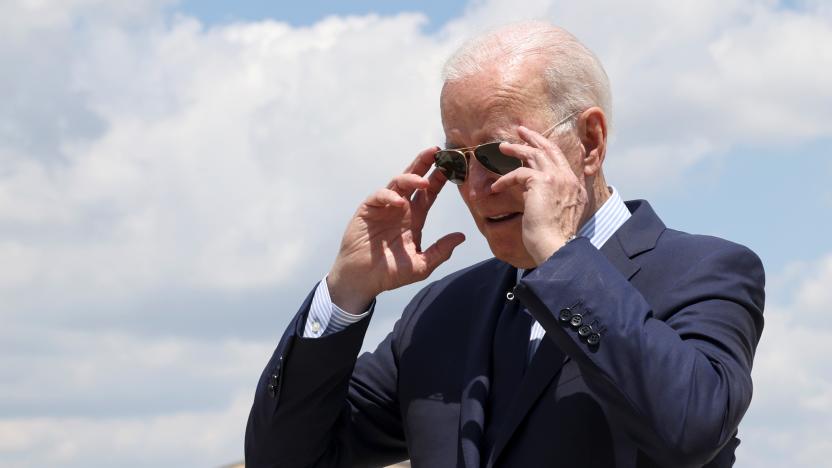
Biden administration announces $930 million in grants to expand rural internet access
The Biden administration awarded $930 million in grants for telecom companies to build fiber networks in rural communities across 35 states and Puerto Rico.
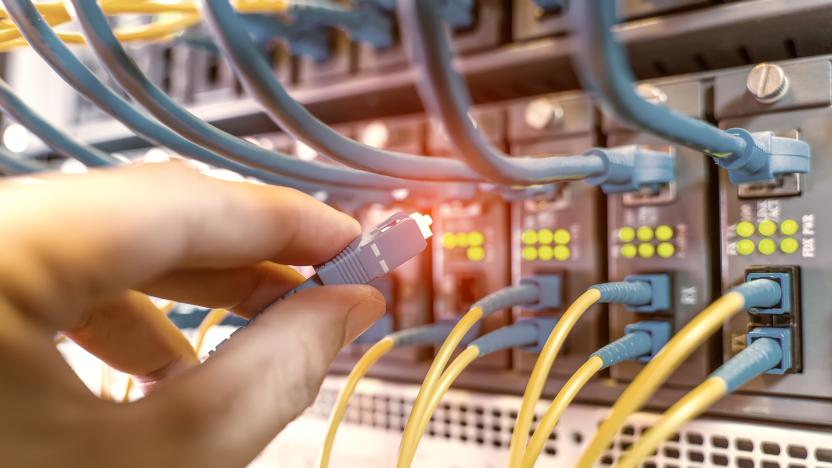
The FCC's new, more accurate broadband maps may lead to improved coverage
The FCC has finally shared new broadband maps that (theoretically) improve internet coverage.
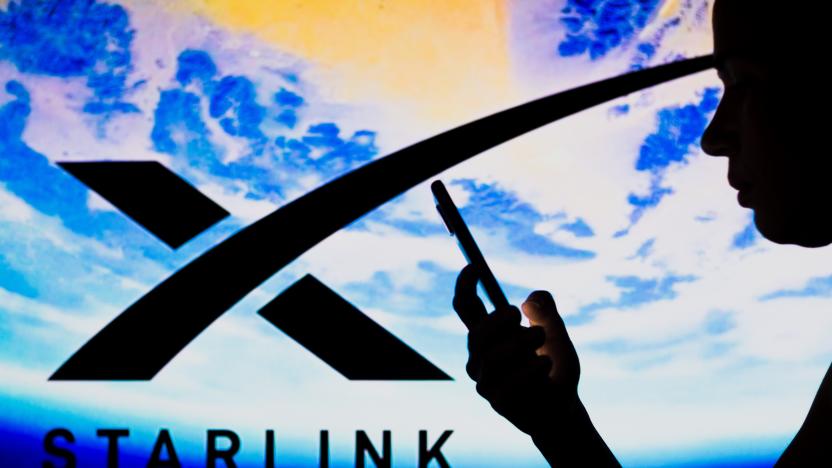
FCC rejects Starlink request for nearly $900 million in broadband subsidies
Starlink has lost its bid to receive nearly $900 million in broadband funds from the FCC.
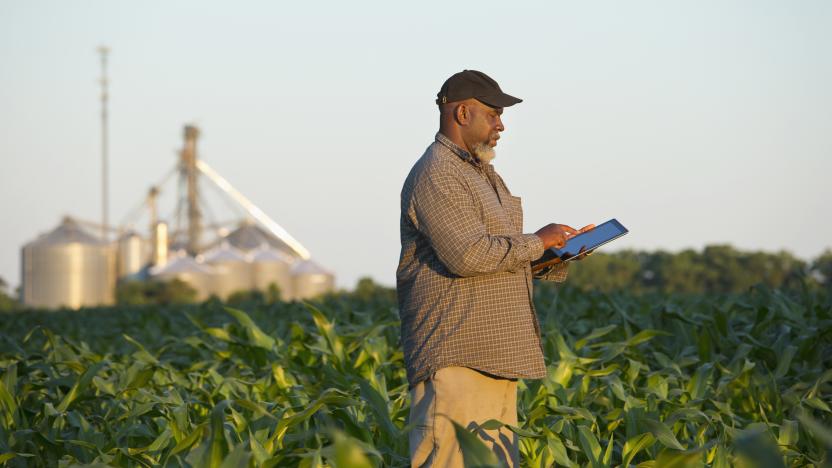
FCC seeks to reduce rural broadband funding waste with new accountability program
The announcement of the Rural Broadband Accountability Plan comes after the FCC said last year it was taking steps to “clean up” the Rural Digital Opportunity Fund.
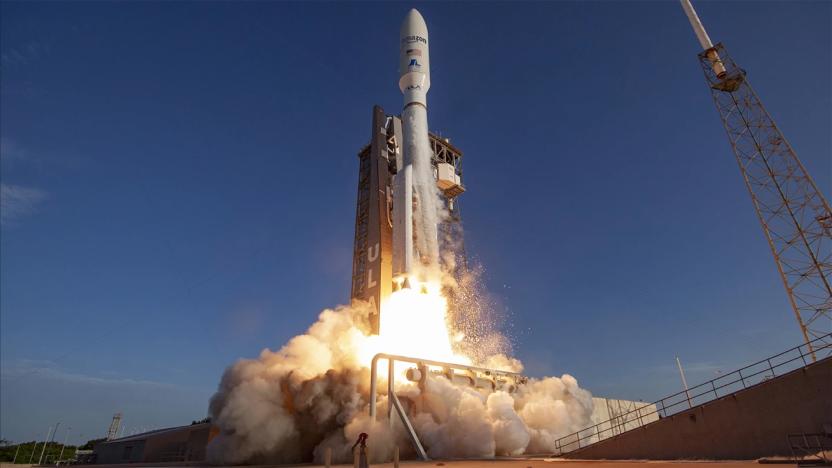
Verizon partners with Amazon to offer satellite internet in rural areas
Amazon and Verizon are teaming up to use satellite internet and 5G to better serve rural areas.
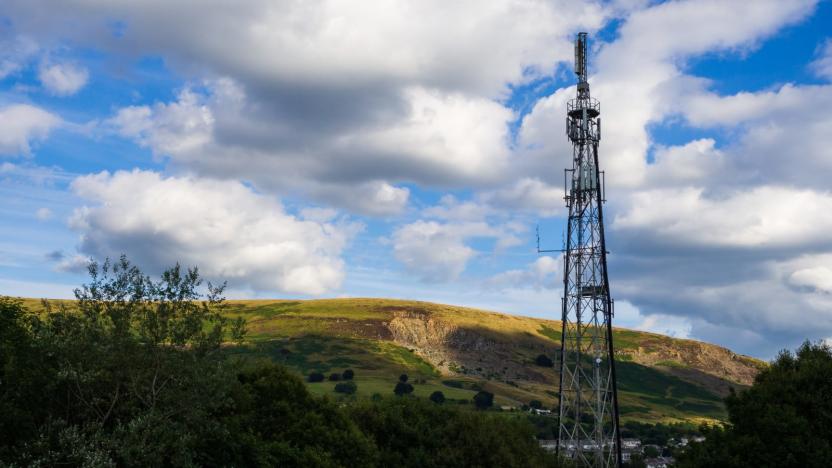
FCC commits $20.4 billion to help close the rural digital divide
Over the next 10 years, the Federal Communications Commission (FCC) will spend $20.4 billion to bring high-speed broadband internet to underserved rural America. "This is the biggest step we've taken to close the digital divide," FCC Chairman Ajit Pai said in a video today.

Bernie Sanders proposes $150 billion for public broadband improvements
Bernie Sanders has unveiled his plan for US broadband if he wins the 2020 presidential election, and it won't surprise you to hear that his strategy would focus on making high-speed internet as widely accessible as possible. He intends to earmark $150 billion (as part of the Green New Deal) for infrastructure grants and technical help for "publicly owned and democratically controlled, co-operative or open access" broadband. He would also ensure free broadband in public housing and override state laws (frequently written by private ISPs) that block municipal internet.
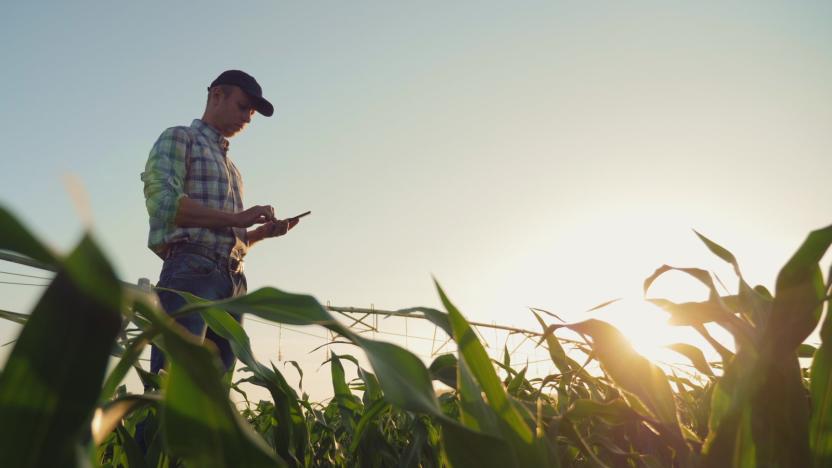
FCC rolls out a $9 billion fund for rural 5G connectivity
The FCC is creating a $9 billion 5G Fund to support rural high-speed connectivity. The funding is intended to help carriers deploy 5G in hard-to-serve areas, those that are sparsely populated and/or have rugged terrain. At least $1 billion will be reserved for 5G to support precision agriculture.
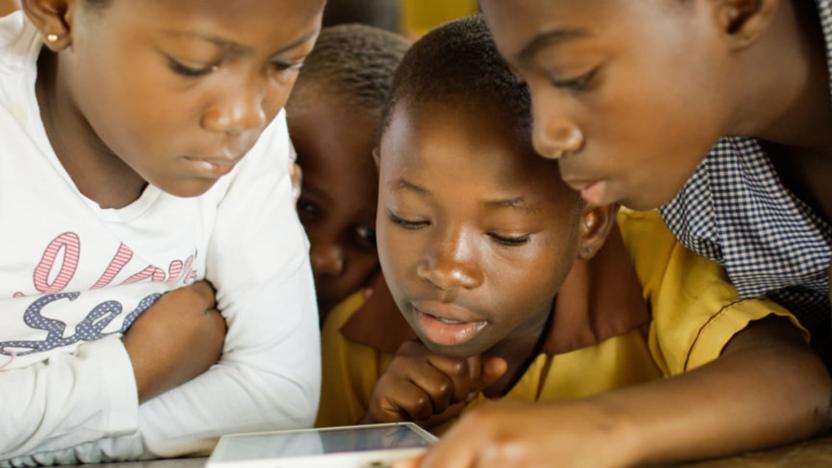
Microsoft plans to bring internet access to 40 million people by 2022
As of last year, approximately half the world's population is now connected to the internet. While it's definitely a positive milestone, the flip side of that number is that there are still billions of people that don't have access to any sort of internet connectivity. Microsoft's 2017 Airband Initiative streamlined efforts to build out internet access across the US, and now it's applying that method to its work across Africa, Latin America and Asia.
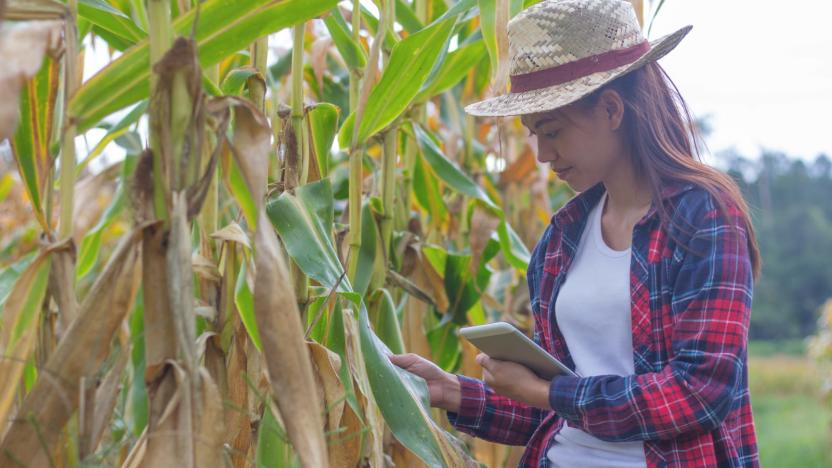
Microsoft plans to bring broadband to 9 million more Americans
Microsoft is teaming up with ISP Nextlink in its latest effort to expand broadband access. They aim to bring high-speed internet to more than 9 million people in Iowa, Illinois, Kansas, Nebraska, Oklahoma and Texas. That total includes around a million folks in underserved rural areas.
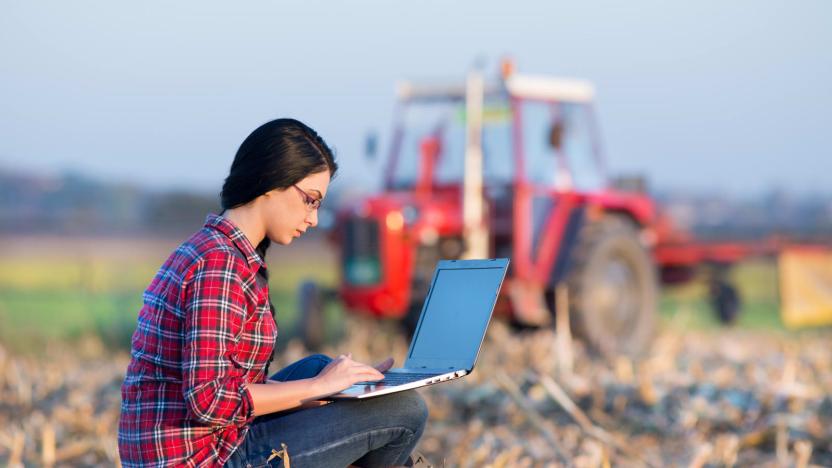
FCC approves another $137 million to expand rural broadband access
The Federal Communications Commission has approved another $121 million in funding to bring broadband access to rural homes and businesses. It's the fourth round of support following last year's Connect America Fund Phase II reverse auction. The funding, which will be doled out over the next ten years, will help expand high-speed internet access to 36,579 homes and businesses across 16 states.
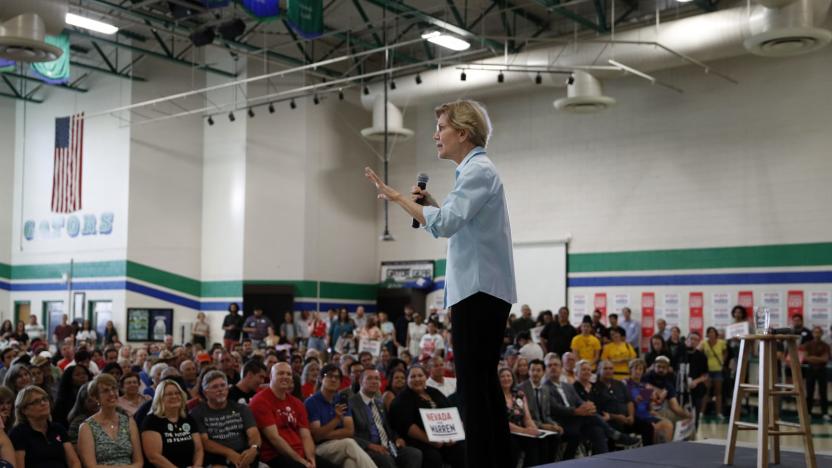
Elizabeth Warren reveals $85 billion rural broadband plan
Millions of Americans don't have access to high-speed internet connections and despite efforts to bolster rural broadband, there's still a lot of work to be done. Presidential candidate Elizabeth Warren has the issue in mind, and she revealed a proposal to narrow the digital divide.

FCC hopes to fix its broadband maps with more precise data
More than a few people have qualms with the accuracy of the FCC's broadband coverage maps, and the regulator appears to be taking those objections somewhat seriously. It's ordering the creation of a Digital Opportunity Data Collection that would obtain "more granular" geospatial coverage data from fixed broadband providers. The knowledge would inform higher-accuracy maps and help the FCC determine where it can improve internet access through the Universal Service Fund.

T-Mobile and Sprint make promises to clinch FCC's merger approval
T-Mobile and Sprint are still determined to secure a merger, and they've just made a fresh round of promises to win regulators' hearts. The carriers have made new commitments to the FCC that would guarantee wider access to high-speed mobile internet and home broadband, not to mention address concerns about a lack of competition. They've vowed to deploy 5G service that covers 97 percent of the US population within three years of an approved merger, and 99 percent in six years. About 90 percent of Americans would have mobile internet at speeds of "at least" 100Mbps, while 99 percent would have speeds of 50Mbps or more.

FCC announces 5G airwave auction and $20 billion rural broadband fund
The FCC has announced a spectrum auction and a $20.4 billion rural broadband fund to bolster connectivity across the US. The auction is scheduled to start December 10th, and it will be the largest slice of airwaves the FCC has auctioned for commercial use at one time, with 3,400 megahertz in three different spectrum bands up for grabs. Providers have been urging the FCC to open mid-band airwaves that can project signals over greater distances, which should bolster connectivity in rural areas.

T-Mobile opens a home internet trial in rural and underserved areas
T-Mobile is rolling out home internet service with an invitation-only trial starting today. It hopes to connect 50,000 homes in rural and underserved areas through the LTE program this year.

FCC allocates $67 million to boost rural broadband adoption
The FCC is acting on its promise to pour more money into rural broadband. The regulator has formally offered an additional $67 million to 207 rural carriers through the Connect America Fund on the condition they "significantly expand" access to service with at least 25Mbps downloads and 3Mbps in uploads. If you ask the FCC, this could speed up internet access for as many as 110,000 households across 43 states.
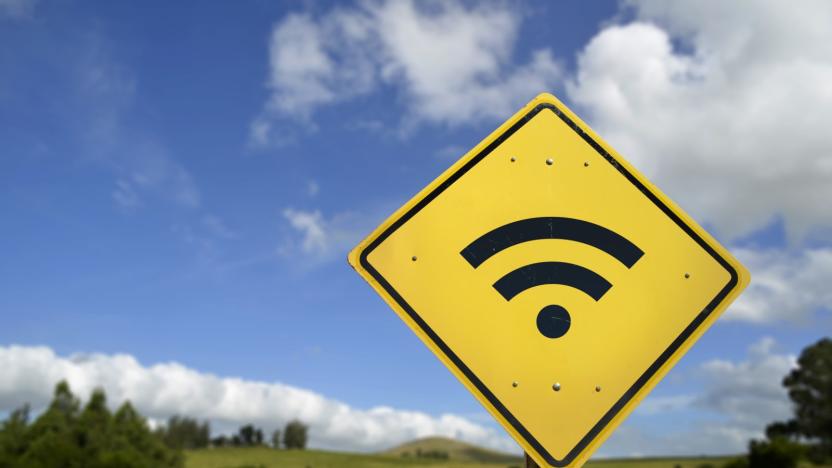
US government lays out strategy to speed up rural broadband deployment
The US government has unveiled a strategy called the American Broadband Initiative (ABI), which aims to speed up broadband deployment and bring faster, reliable internet access to tens of millions of Americans who don't yet have it. More than federal 20 agencies are involved with the project, which follows President Donald Trump signing an order last month to promote rural broadband.

FCC offers 'reverse-auction' to expand rural broadband access
The FCC got the go ahead for its rural broadband subsidy plan, Connect America Fund, in 2014. The fund -- intended to bring high-speed internet access to the least served communities in the US -- has since directed $170 million to New York, and AT&T has already added more access, too, starting in Georgia. The FCC just took the next step in the process with a "reverse-auction" that will allocate close to $2 billion over 10 years for telecommunication companies to provide to expand broadband internet access to more rural areas.

Connecting Cape Town: Inside South Africa's TV white spaces experiment
In 2011, a United Nations commission came to a powerful conclusion: access to broadband internet is a basic human right, matched by the likes of housing, sustenance and healthcare. Arguments can be made that widespread access has transformed entire economies while kick-starting others, with Finland even going so far as to command its ISPs to provide 1 Mbps connections to all homes regardless of location. Both the United States and the United Kingdom have similarly ambitious plans, and all three of these countries have one particular catalyst in common: funds. The harsh reality, however, is the economies that stand to gain the most from sweeping internet adoption are also the least equipped to enable it. In early 2010, the European Bank estimated that a project to roll out passive optical fiber to 33 cities in the Netherlands would cost nearly €290 million. The mission driving such funding? "To stimulate innovation and keep Europe at the forefront of internet usage." It's the answer to a problem that could undoubtedly be categorized as "first world," but consider this: Internet World Stats found that 92.9 percent of The Netherlands' population routinely used the world wide web in 2012. Let's just say it's easier to invest in an initiative that you're certain nearly 9 in 10 citizens will use. In the whole of Africa, just 15.6 percent of residents are connected to the internet, which is under half of the world average. It's also home to vast, inhospitable landscapes that are economically inviable to crisscross with fiber. All of that being said, nearly a sixth of the globe's population resides on the continent, representing a monumental opportunity for something -- anything -- to connect the next billion people. As it turns out, there are actions presently ongoing to make a significant mark in the course of history. Google, Microsoft, Carlson Wireless, Tertiary Education and Research Network of South Africa (TENET) and a host of other powerful entities are collaborating to bring high-speed internet to an underserved continent via TV white spaces -- a low-cost, highly adaptable technology that's poised to explode. For now, Cape Town, South Africa, is acting as a proving ground for what will eventually be a far larger experiment. The core goal is actually quite simple: to beam hope to a disconnected society, with unused bands between TV channels acting as the medium.





